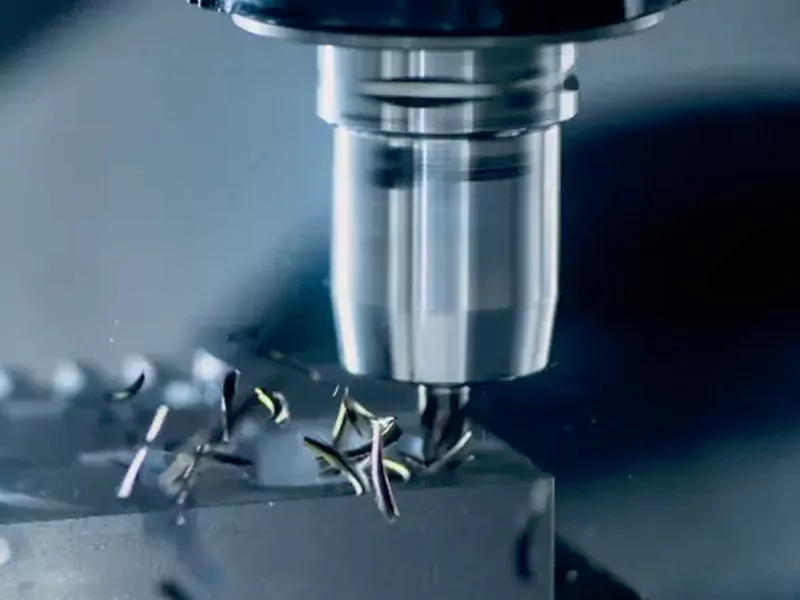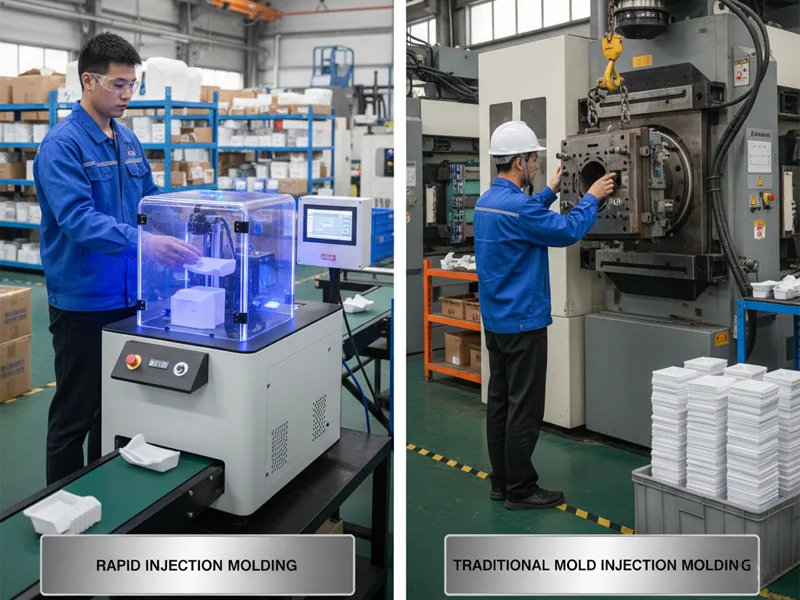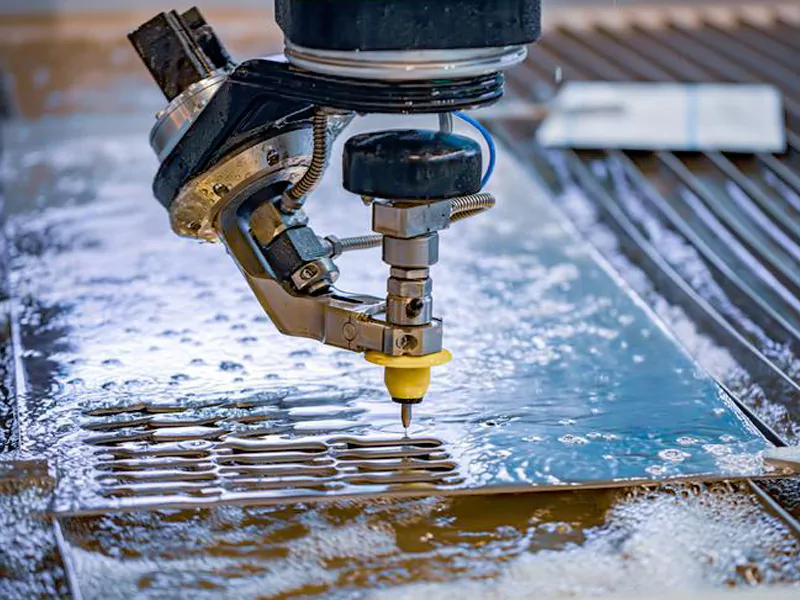In today’s world of ever-increasing demands for precision and efficiency, milling technology occupies a central position in modern manufacturing, playing a crucial role in precision machining and CNC system operations. In precision machining, CNC milling processes enable the realization of even the most complex designs through automation and optimized workflows, further enhancing machining accuracy, achieving greater consistency, and reducing human error.
Metal milling, the core of milling, involves removing material from a workpiece to form specific shapes, textures, or features. The seamless integration of advanced technology, cutting forces, and precision makes CNC milling indispensable in industries such as aerospace, automotive, and medical device manufacturing. Today, we will explore how CNC milling remains central to manufacturing and how it drives industry development, possibilities of aluminium design.
Table of Contents
CNC Milling Basics: Definition, Principles, and Classifications
Milling is a process that removes material from a solid piece. It uses a spinning cutter with sharp teeth. The cutter moves very fast and cuts away layers from the workpiece. This shapes the workpiece into the right form. Unlike CNC turning, where the workpiece rotates, CNC milling involves a stationary workpiece and rotating tools, allowing for multi-directional cutting and complex geometries.
Key Classifications of CNC Milling
Vertical Milling vs. Horizontal Milling: These refer to the orientation of the milling machine’s spindle. Vertical milling is ideal for precision, detailed work, while horizontal milling is better suited for larger, heavier components.
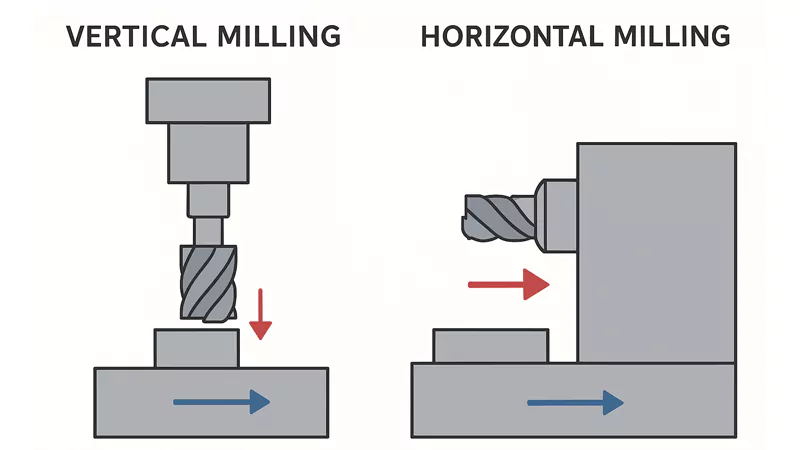
3-Axis, 4-Axis, and 5-Axis Machining: These refer to the number of directions the cutting tool can move. 5-axis CNC milling is particularly valuable for producing highly complex geometries and parts with intricate details. The ability to process parts in multiple directions simultaneously increases precision and reduces setup time, making it an industry-leading choice for high-precision applications.

CNC Milling Machines: These sophisticated machines are at the heart of CNC machining processes. They automate the milling process, increasing consistency and reducing human error while achieving precise cuts.
How does CNC milling process achieve superior performance and precision?
1. Cutting Tool Selection
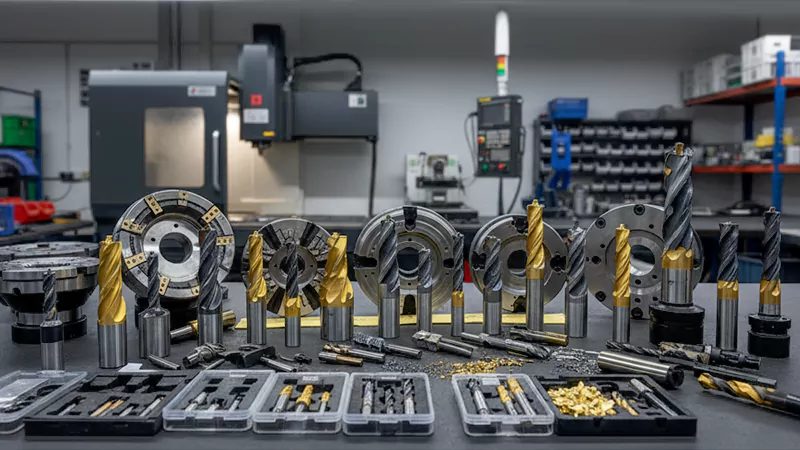
Choosing the right tool is essential for ensuring precision and efficiency. Materials like carbide, high-speed steel (HSS), and coated tools are commonly used in CNC milling because they can withstand high temperatures and maintain sharpness even during extended use. Coatings like titanium nitride (TiN) further enhance tool life and performance.
2. Spindle Power and Rigidity

The spindle speed (measured in RPM) and feed rate determine the cutting force during machining. High-powered spindles with rigidity help maintain precision while processing tougher materials. The right combination of speed and feed rate allows for efficient material removal while ensuring high-quality surface finishes.
3. Cooling and Lubrication
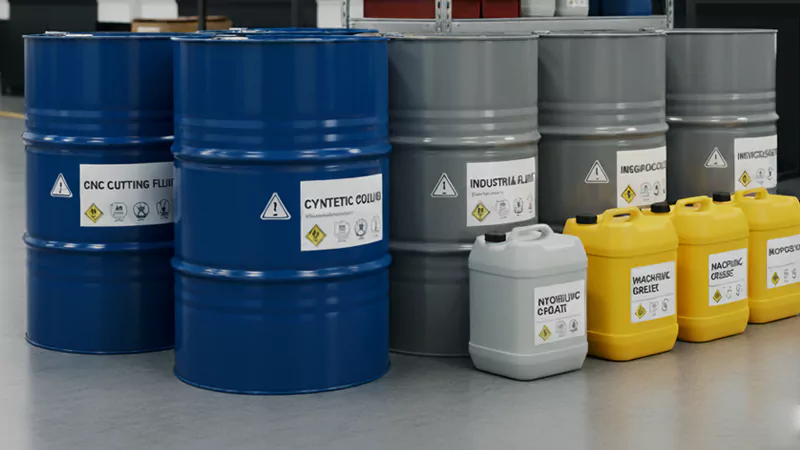
Proper cooling is crucial for tool longevity and surface quality. Coolants or cutting fluids are applied to keep temperatures low and reduce friction. Depending on the material and process, wet machining (using coolant) or dry machining (using air or mist) can be chosen to optimize tool performance and finish quality. This helps in extending tool life, improving surface roughness, and ensuring tight tolerances.
4. Tools used for different milling types
| Milling type | Milling method | Purpose | Features | Machining tools |
| Planar milling | Face Milling | Mainly used for machining the horizontal or inclined planes of workpieces. | With the main cutting edge located on the end face of the tool, the cutting force is primarily borne by the tool end face. It is the main method for removing large amounts of excess material and obtaining large, flat workpieces, and often uses indexable inserts for end mill. | Face Mill,Indexable Face Mill |
| End Milling | It is the most common milling method, using an end mill to machine planes, sides, contours, cavities, or grooves. | Both the side and end cutting edges of the cutting tool participate in the cutting process. Depending on the feed direction, it can be climb milling (climbing milling) or conventional milling (conventional milling), and is commonly used for milling steps, cavities, and partially continuous grooves. | End Mill, Ball Nose Mill | |
| Side Milling | Specifically designed for machining the sides or vertical surfaces of workpieces. | Cutting is primarily achieved using the side cutting edge of the cutting tool. Typically, the side cutting edge of a side end mill or end mill is used to trim and shape the edges of the workpiece. | Side Milling Cutter, Three-Side Milling Cutter | |
| Straddle Milling | Used for machining opposite sides of a workpiece in one operation, typically for machining square or hexagonal heads. | It is a highly efficient compound milling process that requires mounting two (or more) side cutters or three-sided cutters on the same spindle and adjusting them to the desired distance. | Gang of Side/Three-Side Milling Cutters | |
| Milling of slots and special geometries | Slot Milling | Used to machine grooves of various shapes on workpieces, such as straight grooves and keyways. | The cutting width of the tool should match the width of the desired groove. A full-width cutter can be used (commonly used), or a saw blade cutter (for deep, narrow grooves), or a keyway cutter can be used. | Two-Flute End Mill, Keyway Cutter, Slitting Saw |
| T-Slot Milling | T-slots are used on machine tool worktables or fixtures. | It is a special-purpose slot milling cutter. A straight slot must first be milled out with an end mill before a T-slot cutter (with a cutting edge larger than the shank) can be used to mill the transverse slot at the bottom. | T-Slot Cutter | |
| Angular Milling | Used for machining bevels, grooves, or chamfers on workpieces. | When using an angle milling cutter with a specific angle (such as a single-angle or double-angle milling cutter), the cutting edge of the cutter forms a fixed angle with the workpiece feed direction or axis. | Single-Angle Milling Cutter, Double-Angle Milling Cutter | |
| Ramping/Inclined Cutting | Used for end mills to enter the material via a helical or inclined path, often used for entry into cavities. | The tool simultaneously feeds along the X-Y plane (planar feed) and the Z-axis (vertical feed). This is a feed method that is smoother and causes less tool wear than direct drilling or plunge milling. | End Mill (Machine tools and cutting tools that support diagonal feed are required) | |
| Precision and special profile milling | Form Milling | Used for cutting surfaces with complex or non-standard contours in a single operation, such as arcs, flanges, and grooves. | When using a form milling cutter, the cutting edge shape perfectly matches the desired contour shape. For example, using a convex semi-circular milling cutter to machine a concave semi-circular groove. | Form Cutter, Convex Cutter, Concave Cutter |
| Gear Milling | Used for machining various types of gears (such as spur gears, helical gears, herringbone gears, etc.). | It is a special type of form milling. It can be performed using disc milling cutters (lower efficiency but high precision) or hobs based on the gear hobbing principle (high efficiency, often used in mass production). | Disc-type Module Cutter, Hob (For mass production) | |
| Rough Milling | In the first stage of machining, a large amount of excess material is quickly removed from the workpiece using the maximum feed rate and depth of cut. | Pursuing high metal removal rates often leaves a large amount of residual material on the workpiece surface, resulting in lower surface quality | Roughing End Mill / Hogger, Indexable Face Mill | |
| Finish Milling | Performed after rough milling, using small feed rates, shallow depths of cut, and high cutting speeds to achieve the final dimensions, tolerances, and surface roughness required by the design | To achieve high machining accuracy and high-quality surfaces, remove residual material left from rough milling | Multi-Flute End Mill,Finishing Face Mill |
The Advantages of CNC Milling: Why Is It the Top Choice for Complex Parts?
Milling is the go-to solution for creating complex, high-precision parts that are impossible to achieve with traditional methods. But what makes it stand out in specific industries?
Applications in Precision Industries
Aerospace Components: Aerospace parts demand high precision and tight tolerances. CNC milling is capable of producing highly intricate parts like turbine blades, structural components, and engine components, often from difficult-to-machine materials like titanium and high-strength alloys.
Medical Devices: CNC milling is indispensable in the production of medical devices, such as implants and surgical instruments. These products often require small-batch production with high precision to meet stringent regulatory standards.
Automotive Parts: From engine components to precision transmission parts, CNC milling ensures automotive manufacturers can meet complex design specifications and produce durable, reliable components.
Tooling and Molds: Milling is essential for the creation of custom molds, dies, and other tools that require high accuracy and fine details.
Material Versatility
| Material Type | Examples | Key Benefits |
|---|---|---|
| Metals | Steel 40Х, 17G2SAF, Aluminum 7075, AISI P-2 | High strength, durability |
| Plastics | G-10, GPO, FR4, phenolic laminates | Lightweight, corrosion resistance |
| Composites | Al alloy SiC particle composites | Custom properties, design freedom |
Aluminum Milling: A common material in the manufacturing world due to its light weight and versatility. CNC milling is ideal for creating intricate aluminum parts used in industries like automotive and electronics.
Stainless Steel Milling: Stainless steel is often challenging to machine due to its hardness, but CNC milling excels at producing complex parts with excellent precision.
Titanium Milling: Known for its strength-to-weight ratio, titanium is widely used in aerospace and medical industries. CNC milling allows manufacturers to handle this tough material with ease, creating parts that meet exacting standards.
Speed and Efficiency
CNC milling machines work faster than old machines. Automation means no need to set gears by hand. Setup takes less time. Machines can run all day and night with little help. Tool changers can hold up to 30 tools for quick changes. AFI Industries Inc. uses these features to finish jobs quickly.
| Performance Aspect | CNC Milling Machines | Conventional Machines |
|---|---|---|
| Operation Time | Can run all day with little help | Needs people to run and watch |
| Setup and Tool Change Time | Fast setup and tool changes | Takes longer to set up and change tools |
| Precision | Very accurate; less chance for mistakes | Depends on worker skill; not always exact |
| Production Capacity | Can make lots of parts quickly | Slower and needs more work from people |
| Labor Requirements | One person can watch many machines | Needs more workers with special skills |
| Waste and Scrap Rates | Less waste because of high accuracy | More waste and costs to fix mistakes |
| Task Changeover Speed | Quick changes with programs and tools | Changing jobs takes more time |
| Consistency and Reliability | Makes the same part every time | Parts can be different as more are made |
Our CNC Milling Power: Factory Competitive Advantage
When it comes to CNC machining, precision, efficiency, and quality are paramount. At our factory, we’re proud to offer cutting-edge CNC milling solutions that give our customers a competitive edge.
Our Equipment
We use advanced CNC milling machines, including high-speed and 5-axis CNC machines, which allow us to tackle even the most complex geometries and produce parts with exceptional precision.
Quality Control

We employ coordinate measuring machines (CMM) and other sophisticated inspection tools to ensure that each part meets stringent quality standards. This ensures consistency and performance, no matter the size or complexity of the project.
Engineering Expertise
Our experienced engineers optimize machining processes, ensuring efficiency and precision in every part we produce. From initial design to final inspection, we work closely with our clients to provide tailored solutions that meet their exact requirements.
Unlock Your Design Potential
CNC milling is the key to turning complex designs into reality, whether you’re producing aerospace parts, medical devices, or high-performance automotive components. The ability to achieve precise geometries and high-performance finishes sets CNC milling apart as the best choice for modern manufacturing.
Ready to start your project? Share your designs with us, and we’ll provide a free quote or discuss the best technical solutions for your needs.
Contact Us Now:
For CNC machining services
For custom mechanical part inquiries
For pricing and quotes
Summary
CNC milling is more than just a cutting technique—it’s a powerful technology that transforms complex designs into high-performance, precise parts. With advancements in CNC milling machines, tool selection, and quality control, this technology continues to play a pivotal role in the manufacturing world, powering industries such as aerospace, automotive, and medical devices. Whether you’re looking to create complex geometries or achieve high tolerance precision, CNC milling is the solution you need.
FAQ
CNC milling machines can cut metals like steel and aluminum. They also cut plastics, such as G-10 and FR4. Some machines can even work with composites. This means many industries can pick the best material for their needs.
Most CNC milling machines can make parts very exact, up to ±0.001 inches. AFI Industries Inc. checks every part with special tools. This makes sure each product is high quality.
Manufacturers like CNC milling because it is fast and accurate. Machines use digital plans, so every part is the same. This helps lower mistakes and saves time.
Yes! CNC milling uses multi-axis machines and CAD models to make special shapes. Engineers design parts with unique features, and the machines cut them very precisely.


